Absturzserie: Was nun an der Boeing 737-MAX8 geändert werden soll
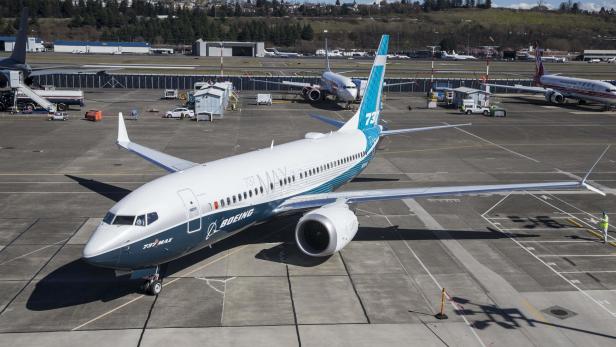
Neue Probleme mit der MAX8?
Mit einem Brief (im kompletten Wortlaut ganz unten) und einer Videobotschaft versuchte Boeing-Chef Dennis Muilenburg dem immer größeren Desaster rund um den Absturz zweier Boeing-Maschinen in Indonesien und Äthiopien entgegenzuwirken. „Sicherheit ist der Kern dessen, wofür wir bei Boeing stehen. Wir verstehen, dass Leben von unserer Arbeit abhängen“, betonte er.
Passagiere und Kunden sollten damit beruhigt werden. Am Montag verlor die Boeing-Aktie, eine enorm wichtige Stütze des Dow Jones, erneut fast zwei Prozent. Auch Muilenberg selbst kommt immer mehr unter Druck. Die Stellungnahmen schienen, als ob sie „von einem Ingenieur und einem Anwalt zusammengeschrieben worden wären“, kritisierte etwa Experte Erik Bernstein von der PR-Agentur Bernstein Crisis Management im Magazin Bloomberg Businessweek.
Woran Boeing derzeit arbeitet
Über Internetforen, Fachmedien und einen Bericht der gut informierten Seattle Times werden langsam immer mehr Details bekannt, wie Boeing nun auf das Problem mit MCAS reagieren dürfte:
- Das MCAS-System, das von sich aus vor allem in die Bewegung der Heckflosse eingreift, dürfte limitiert werden. So soll nur mehr eine bestimmte Änderung des Winkels ermöglicht werden und die Maschine nicht so schnell in den Sturzflug gebracht werden, wie nun zweimal geschehen.
- Eine mutmaßlich riesige Schwachstelle des Systems ist die Bestimmung des so genannten Angle-of-Attacks. Dabei wird die Lage des Flugzeuges gemessen, also ob die Nase zu hoch oder zu niedrig ist. Bei der MAX-Serie greift die Software lediglich auf die Daten aus einer Anzeige zurück. Bei dem Absturz in Äthiopien etwa ist eine derzeit aktuelle Vermutung, dass ein Vogelschlag den Sensor beschädigt haben könnte und der Jet deshalb außer Kontrolle geriet. Künftig soll hier ein Sicherheitsnetz mit einem zweiten unabhängigen System geschaffen werden, wie es in der Luftfahrt eigentlich Standard ist.
- Das Training der Piloten dürfte angepasst werden. Mittlerweile hat Boeing einen MAX-Simulator, dort könnte es Schulungen geben. Bisher reichte es teilweise, dies auf einem Simulator für alte Boeing-737 zu absolvieren plus einen zweistündigen Kurs auf dem iPad zu belegen. Bis allerdings alle aktuellen Piloten dort durchkommen, könnten Monate vergehen.
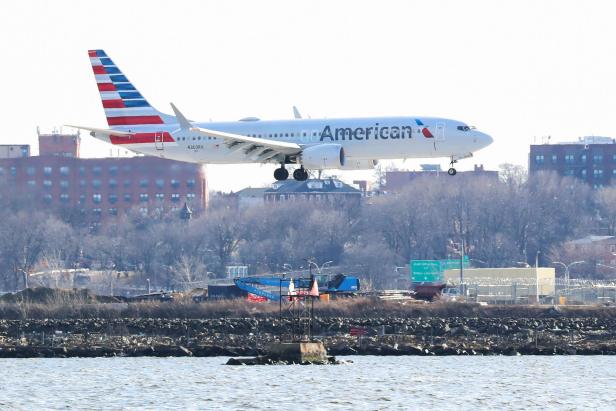
Die Position des Triebwerks ist eine Schwachstelle
Allerdings bleibt vorerst unklar, ob diese Maßnahmen ausreichen werden. Nicht wenige in der Luftfahrtbranche halten es für denkbar, dass die Flotte noch länger am Boden bleibt und der offensichtliche Designfehler am Triebwerk behoben werden muss - hier könnte eine Lösung dann aber Jahre statt Monate benötigen. Das wäre das "Worst-Case-Szenario" für Boeing. Derzeit haben 371 ausgelieferte Jets ein Flugverbot und die Produktion läuft aktuell ungebremst weiter.
Übrig bleibt ein schwerer Vertrauensverlust. Ob die Passagiere nach einem Software-Update wirklich in ein Flugzeug steigen wollen, das wochenlang in den Medien als "Todesflieger", "Krisenflieger" oder "Pannenflieger" bezeichnet wird, bleibt vorerst abzuwarten.
Der Brief von Boeing-CEO Dennis Muilenberg im Originalwortlaut:
We know lives depend on the work we do, and our teams embrace that responsibility with a deep sense of commitment every day. Our purpose at Boeing is to bring family, friends and loved ones together with our commercial airplanes—safely. The tragic losses of Ethiopian Airlines Flight 302 and Lion Air Flight 610 affect us all, uniting people and nations in shared grief for all those in mourning. Our hearts are heavy, and we continue to extend our deepest sympathies to the loved ones of the passengers and crew on board.
Safety is at the core of who we are at Boeing, and ensuring safe and reliable travel on our airplanes is an enduring value and our absolute commitment to everyone. This overarching focus on safety spans and binds together our entire global aerospace industry and communities. We’re united with our airline customers, international regulators and government authorities in our efforts to support the most recent investigation, understand the facts of what happened and help prevent future tragedies. Based on facts from the Lion Air Flight 610 accident and emerging data as it becomes available from the Ethiopian Airlines Flight 302 accident, we’re taking actions to fully ensure the safety of the 737 MAX. We also understand and regret the challenges for our customers and the flying public caused by the fleet’s grounding.
Work is progressing thoroughly and rapidly to learn more about the Ethiopian Airlines accident and understand the information from the airplane’s cockpit voice and flight data recorders. Our team is on-site with investigators to support the investigation and provide technical expertise. The Ethiopia Accident Investigation Bureau will determine when and how it’s appropriate to release additional details.
Boeing has been in the business of aviation safety for more than 100 years, and we’ll continue providing the best products, training and support to our global airline customers and pilots. This is an ongoing and relentless commitment to make safe airplanes even safer. Soon we’ll release a software update and related pilot training for the 737 MAX that will address concerns discovered in the aftermath of the Lion Air Flight 610 accident. We’ve been working in full cooperation with the U.S. Federal Aviation Administration, the Department of Transportation and the National Transportation Safety Board on all issues relating to both the Lion Air and the Ethiopian Airlines accidents since the Lion Air accident occurred in October last year.
Our entire team is devoted to the quality and safety of the aircraft we design, produce and support. I’ve dedicated my entire career to Boeing, working shoulder to shoulder with our amazing people and customers for more than three decades, and I personally share their deep sense of commitment. Recently, I spent time with our team members at our 737 production facility in Renton, Wash., and once again saw firsthand the pride our people feel in their work and the pain we’re all experiencing in light of these tragedies. The importance of our work demands the utmost integrity and excellence—that’s what I see in our team, and we’ll never rest in pursuit of it.
Our mission is to connect people and nations, protect freedom, explore our world and the vastness of space, and inspire the next generation of aerospace dreamers and doers—and we’ll fulfill that mission only by upholding and living our values. That’s what safety means to us. Together, we’ll keep working to earn and keep the trust people have placed in Boeing.
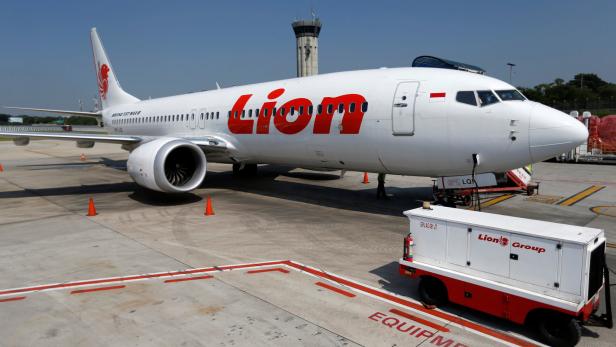
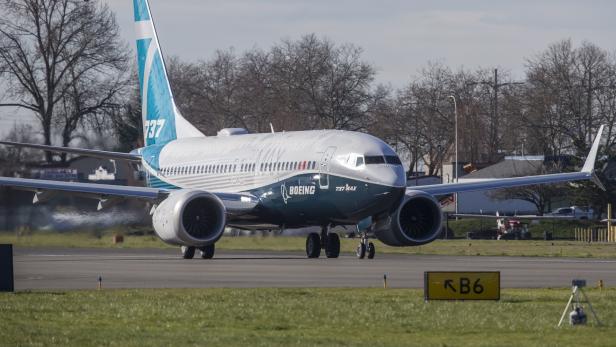
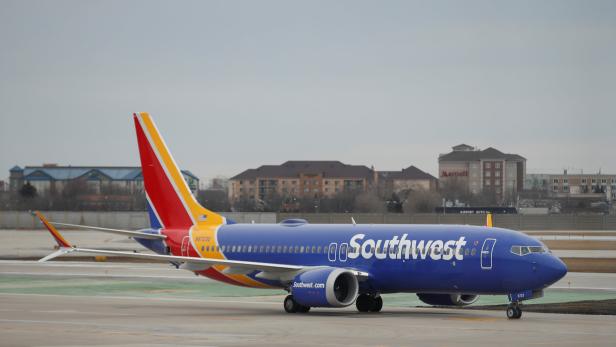
Kommentare